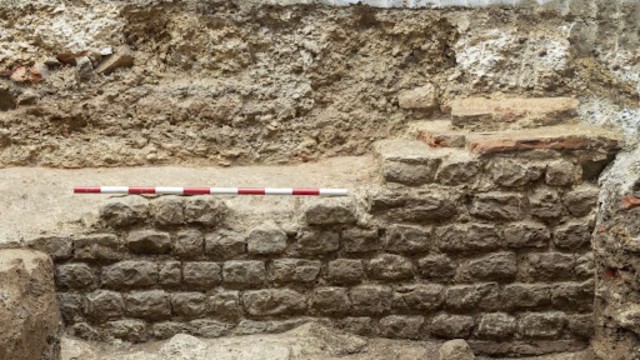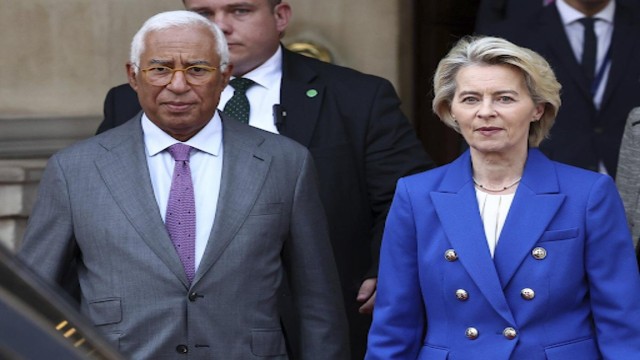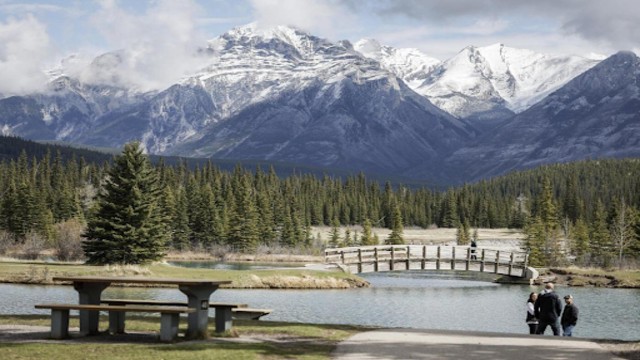
A photo from the Museum of London Archaeology, taken in summer 2024, shows a section of the ancient Roman London Basilica wall. The structure was recently uncovered during redevelopment work on a building in the City of London. AP Photo
Archaeologists working at a construction site in London have made a major discovery—remnants of a Roman basilica dating back nearly 2,000 years. The ruins were found at 85 Gracechurch Street, where a 32-story office tower is set to be built. Experts say this is one of the most significant finds in London’s historic district in years.
Excavations revealed walls and foundations made of flint, brick, and ragstone, measuring up to 13 feet deep and over 3 feet wide. This massive structure, built between 78 and 84 A.D., stood at the center of Londinium, the Roman settlement that eventually became London.
The basilica was a key part of the Roman forum, a hub for political, social, and economic activities. People gathered there to trade, seek justice, and hear government announcements. Archaeologists believe the newly uncovered ruins were part of the tribunal, where officials made important decisions about the city’s governance.
Andrew Henderson-Schwartz, a specialist from the Museum of London Archaeology, described the basilica as a towering symbol of Roman authority. "It’s the beating heart of the city," he said. "Even in its early days, there was a strong investment in London’s future."
Despite being in use for only 20 years, the basilica played a crucial role before being replaced by a larger forum that lasted until the fall of Roman rule in Britain three centuries later. Experts hope further excavations will reveal why the original structure was abandoned so soon.
Developers of the new skyscraper have agreed to preserve and showcase the ruins in a visitor center. The discovery adds to other traces of Roman London scattered throughout the city, including sections of an ancient wall, an amphitheater beneath the Guildhall, and a temple of Mithras under a modern office building.
Archaeologists will continue digging in the area, hoping to uncover everyday items like writing tablets, styluses, and discarded materials that could provide insights into life in ancient Londinium. London’s development rules require archaeological surveys before construction, leading to remarkable finds over the years, from Saxon jewelry to medieval ice skates and even Black Death victims’ skeletons.
"This site brings all these pieces together," Henderson-Schwartz said. "This was the core of Roman London, where major decisions were made."















